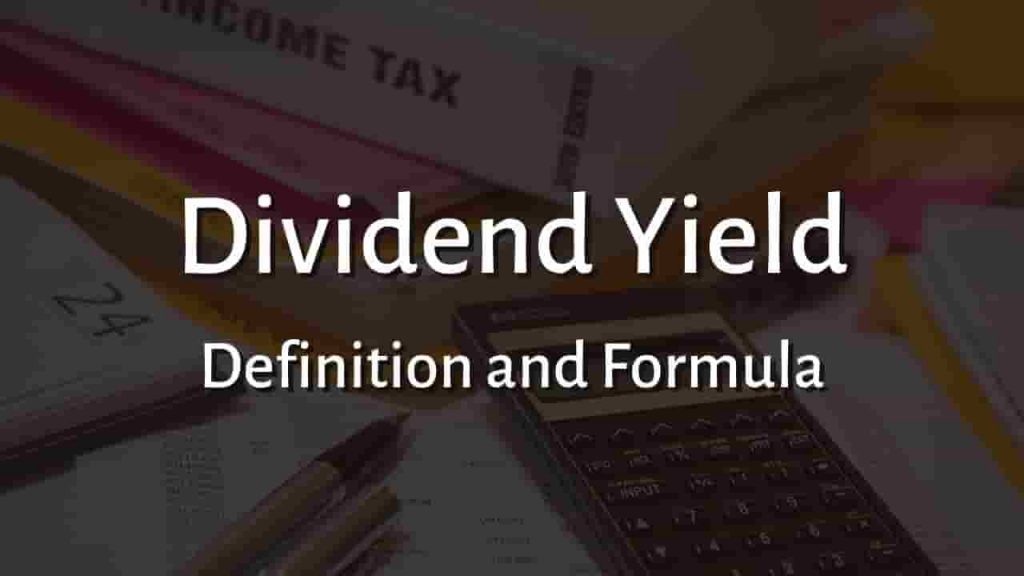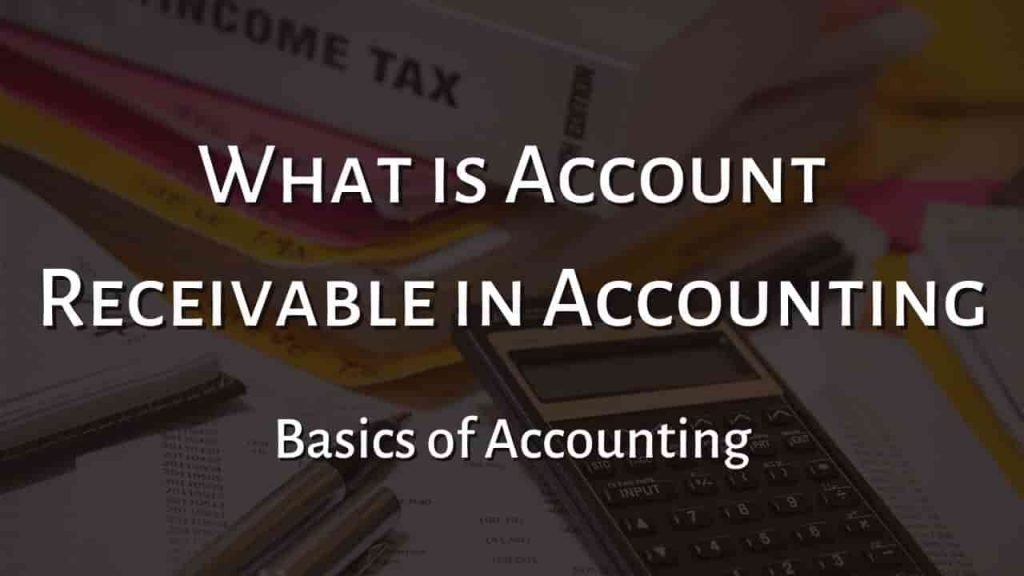Dividend Yield
A dividend yield is an investment ratio. The dividend yield ratio allows investors to compare the most recent dividend they received with the current market value of the share to determine the return on their investment. However, keep in mind that the current market share price may show little similarity to the price paid by an investor for their shares. If you look at the history of a company’s share price over the previous year or two, you’ll see that today’s share price may be much higher or much lower than it was a year ago, two years ago, and so on.
Understanding of Dividend Yield
In the investing world, there is some misunderstanding around the phrase yield. When many (perhaps the majority) individuals in the financial industry use the term “yield,” they typically mean the dollar amount that an investment “throws off” as dividends or interest. The yields on stocks and bonds are shown on the financial pages.
Technically, the newspaper displays the current yield, which is the predicted yearly income from an investment divided by its current market price. The current yield is commonly referred to as the dividend yield for a common stock whose revenue is entirely from dividends.
Dividend Yield Example
For example, a company may be trading at $40 and is predicted to pay $1 in dividends over the following 12 months. The current yield will be shown as 2.5 percent — the $1 dividend divided by the current share price of $40.
How to Calculate Dividend Yield?
For this ratio, we clearly need the most recent share price, which we may obtain from publications such as the Financial Times, The Times, The Guardian, and The Daily Telegraph. The share prices can also be found on the Internet.
Dividend Yield Formula
Dividend Yield = Annual Dividends / Current Market Share Price
Dividend Yield Vs Dividend payout
Dividend Yield differs from Dividend Payout in that Dividend Yield is the proportion of a shareholder’s share received for the amount invested in the firm. Dividend Payout, on the other hand, is a portion of earnings that a firm distributes to its shareholders as a dividend. dividend payout ratio calculated as:
Dividend Payout Ratio = (Total Dividends / Net profit) x 100.
Dividend Yield Vs Dividend Growth
The dividend yield is computed by dividing the most recent dividend payment (annualized) by the price. Dividend growth is defined as the rate of change or slope of a company’s dividend payments over the previous three years.
Example of Dividend Growth:
Assume XYZ Company pays $2.20 in dividends to stockholders in year one and $2.70 in year two. The following formula will be used to calculate the dividend growth rate from year one to year two:
Dividend Growth Rate = (D2/D1) -1
= (2.70/2.20) -1
= 0.2272 or 22.7%
Dividend Yield Vs Distribution Yield
Dividend yield and distribution yield vary in that they are stated as ratios of different forms of returns. The dividend yield is calculated as a ratio of dividends paid throughout a fiscal year to the current share price of the firm. The distribution yield is calculated as a percentage of the fund’s current value divided by the yearly payout. Dividend yield and distribution yield are both stated as a proportion of the market value of a firm.
For more click here and if you are looking for full forms of different acronyms and words then check out this list you really gonna find this helpful. We also have an Essay on every topic, Check the complete list here. If you are Studying in Matric Free Video Lectures of Maths, Physics and English are here, and we have got you covered for I.COM Business Maths also.







